
INDIA’S JOURNEY IN FIGHTER AIRCRAFT DESIGN & MANUFACTURE: CHALLENGES AND SUCCESSES

India’s fighter aircraft production journey reflects a blend of significant achievements and persistent challenges. The licensed production of platforms like the Mig-21, Sukhoi Su-30MKI and SEPECAT Jaguar has strengthened the Indian Air Force (IAF) while providing invaluable experience in manufacturing and technology integration. Significant success includes the past development of the Indigenous HF-24 Marut and the recent Tejas aircraft with state-of-the-art avionics, composite materials, and a delta-wing design. Tejas has become a symbol of India’s aerospace ambitions. Additionally, the Advanced Medium Combat Aircraft (AMCA) project, aimed at producing a fifth-generation stealth fighter, underscores India’s aspirations to join global defence leaders. However, India’s fighter production has faced notable failures. Early efforts, such as the HF-24 Marut, were limited by underpowered engines and technological constraints. Delays in indigenous projects like Tejas Mk2 and AMCA and dependency on imported engines and critical systems have hampered timelines. Additionally, quality control and production scalability remain areas of concern. Despite these challenges, initiatives like “Make in India”, a government initiative to encourage manufacturing in India, and increased private sector participation foster a robust defence manufacturing ecosystem. By addressing these issues, India has the potential to emerge as a global player in fighter aircraft production and exports.
Journey So Far
India’s journey in fighter aircraft production, spanning several decades, began in the post-independence era. The timeline of this journey is marked by key milestones, from the initial reliance on imports to the transition towards licensed production and indigenous development. Below is a chronological overview of India’s significant achievements and persistent challenges in fighter aircraft production:-
In the 1950s, India’s first steps in aircraft production were through licensed manufacturing agreements with foreign companies. The De Havilland Vampire, a British jet fighter, was the first jet aircraft inducted into the Indian Air Force (IAF). Hindustan Aeronautics Limited (HAL) assembled the Vampire under license, marking India’s entry into jet aircraft production. In addition, HAL produced the Hawker Hunter under the UK’s license. The Hunter served as a versatile fighter-bomber during the 1965 and 1971 wars. HAL also produced Folland Gnat under license. Gnat was known as the “Sabre Slayer” for its success against the Pakistani Air Force in 1965. India later developed an improved version called Ajeet in the 1970s.
During the 1970s–1980s, India began exploring indigenous fighter aircraft development while continuing licensed production. The HF-24 Marut was India’s first indigenously developed jet fighter. Although it had limited operational success due to underpowered engines, it was a milestone in India’s aerospace development. During the same period, India entered into a series of agreements with the Soviet Union to produce MiG-21 fighters under license. HAL manufactured over 600 MiG-21 aircraft, which became the backbone of the IAF for decades. These projects helped HAL acquire critical knowledge in jet manufacturing.
In the 1990s, India procured the Anglo-French SEPECAT Jaguar for deep strike roles and began producing it under license at HAL. This period saw India modernise its air force with more advanced fighters. The Mirage 2000, a French multirole fighter, was inducted to address India’s capability gaps. While HAL did not produce this aircraft, it supported its maintenance and upgrades. India signed a deal with Russia for the licensed production of the Su-30MKI, a highly advanced multirole fighter. HAL has produced over 270 Su-30MKIs, which remain a critical component of the IAF.
In the last two decades, India’s focus has shifted towards indigenous fighter aircraft production, particularly with the Light Combat Aircraft (LCA) program. Designed by the Aeronautical Development Agency (ADA) and produced by HAL, the Tejas program marks a significant milestone in India’s return to indigenous fighter development. Despite facing delays, the Tejas program eventually achieved operational clearance, with the Mk1 variant in service and Mk1A and Mk2 under development. Work is underway to develop Advanced Medium Combat Aircraft (AMCA), a fifth-generation fighter under development by DRDO and HAL, aiming to equip the IAF with stealth capabilities.
Leapfrog Strategy
India’s leapfrog strategy for fighter aircraft development and production is a strategic imperative, aiming to bypass incremental progress and achieve advanced capabilities in a shorter timeframe. It focuses on cutting-edge technologies rather than following a linear development path. The need for strategic autonomy and rapid modernisation of the Indian Air Force drives this approach. India’s leapfrog strategy has shown promise but faces mixed results. The strategy tries to leverage foreign collaboration for critical technologies, private sector involvement, and government initiatives like “Make in India.” On the one hand, developing advanced platforms like the HAL Tejas demonstrates progress. Despite initial delays, the Tejas program has evolved into a modern, capable aircraft. However, challenges persist, raising questions about its effectiveness. Persistent project delays, reliance on imported engines and key technologies, and research and development capabilities gaps have hindered progress. Furthermore, scaling up production to meet the Indian Air Force’s demands remains challenging. The approach’s success depends on addressing these systemic issues, accelerating timelines, and building a stronger domestic defence ecosystem. It’s a work in progress with tangible but incomplete results.
Development and Production Ecosystem
India’s fighter aircraft development and production ecosystem is a collaborative effort, combining users, public and private sector research and development and manufacturing agencies, and government-led initiatives to achieve self-reliance and reduce import dependency. Hindustan Aeronautics Limited (HAL) and the Defence Research and Development Organisation (DRDO) are at the forefront of this ecosystem, driving R&D and production. However, the private sector, with companies like Tata Advanced Systems, Larsen & Toubro, and Adani Defence, is increasingly pivotal in manufacturing components, subsystems, and assemblies. Government initiatives such as “Make in India” and establishing defence industrial corridors in Tamil Nadu and Uttar Pradesh have further bolstered the ecosystem by encouraging innovation, attracting foreign investment, and creating a favourable environment for defence manufacturing. These corridors are designed to streamline production and reduce costs, making India a competitive global player. Despite these advancements, challenges remain. Nonetheless, the ecosystem is evolving steadily with sustained policy support, greater private sector involvement, and a focus on innovation.
Challenges
Fighter aircraft production in India faces technical, financial, operational, and policy challenges. Addressing these challenges is crucial to achieving self-reliance in defence manufacturing.
Designing and producing 5th-generation fighters involves cutting-edge technology in stealth, advanced materials, and electronics, where India is still catching up. Critical technologies are primarily imported. India’s indigenous engine development program, such as the Kaveri engine, has faced setbacks, forcing reliance on foreign engines like the General Electric F404 and F414 for the Tejas. A significant portion of critical components, including avionics, engines, and weapons systems, are imported, which increases costs and reduces self-reliance. Dependence on foreign suppliers creates vulnerabilities in geopolitical tensions, as witnessed by delays in acquiring components during global conflicts or supply chain disruptions.
The aerospace industry ecosystem in India, including tier-2 and tier-3 suppliers, is underdeveloped compared to global standards. There are limited domestic facilities for high-end research, testing, and simulation. HAL dominates military aircraft production, leaving limited scope for private sector participation, which could otherwise bring efficiency, innovation, and competition.
Programs like the Light Combat Aircraft (LCA) Tejas have taken decades to move from concept to operational deployment, leading to the obsolescence of certain features. Delays often lead to significant cost overruns, which put additional pressure on defence budgets and make indigenous programs less competitive than foreign options. Excessive bureaucracy usually slows down India’s defence procurement and manufacturing processes, causing delays in decision-making and execution. Fighter aircraft production requires massive investments in R&D, infrastructure, and production lines, straining defence budgets. Adequate budget needs to be allocated for these.
Designing and manufacturing advanced fighter jets require highly specialised skills, which are still developing in India. Many skilled engineers and scientists prefer opportunities abroad due to better resources and working conditions. Issues with consistency and quality control in manufacturing have occasionally plagued indigenous projects. Indigenous aircraft often face concerns regarding reliability and maintenance, which can impact their adoption by the armed forces and export potential.
Competing in the international market is challenging, as buyers often prefer aircraft from established manufacturers with long track records. Indian indigenous fighters compete against proven and readily available foreign options, which usually have superior capabilities. Due to intense competition, foreign collaborators often hesitate to share cutting-edge technologies, limiting the depth of technology transfer agreements. India’s defence offset policy, aimed at boosting domestic production through foreign collaborations, has seen mixed success.
Way Ahead
India has made significant strides in indigenous fighter aircraft production but faces challenges in achieving global competitiveness and self-reliance. The future of fighter aircraft production in India lies in addressing these challenges with a focused, multi-pronged strategy.
Leverage lessons learned from the Tejas program to avoid delays and cost overruns. Support and prioritise the Advanced Medium Combat Aircraft (AMCA) program, ensuring adequate funding, streamlined processes, and timely execution. Focus on Core Technologies. Accelerate the development of indigenous critical technologies like jet engines (e.g., Kaveri engine), AESA radars, stealth coatings, and advanced avionics.
Build a Robust Defence Manufacturing Ecosystem. Strengthen Indigenous R&D and technology development. Encourage tier-2 and tier-3 suppliers to build capabilities in aerospace components, materials, and electronics to develop reliable supply chains. Provide financial incentives and technical support to MSMEs involved in defence manufacturing. Promote private sector participation. Encourage private players to take on larger roles in aircraft production, from components to complete systems. Establish dedicated aerospace clusters in states to promote innovation and manufacturing at scale.
Enhancing Policy Frameworks and Governance. Simplify bureaucratic procedures to streamline the approval process for defence projects, ensuring faster approvals and reduced project timelines. Revise offset Policies to maximise technology transfer and industrial participation from foreign firms.
Collaborate with global aerospace firms to gain access to advanced research while ensuring knowledge transfer. Expand international collaborations and technology partnerships by pursuing joint development programs with global defence manufacturers, ensuring equitable technology and intellectual property sharing. Collaborate with friendly nations to co-develop fighter platforms suited to their requirements, such as light combat aircraft for smaller countries.
Provide diplomatic and financial support for promoting Indian fighter aircraft to foreign buyers, particularly in Asia, Africa, and South America. Ensure Indian platforms meet international quality and reliability standards to boost global confidence.
Leverage emerging technologies like AI and machine learning. Integrate AI for autonomous systems, combat decision-making, and predictive maintenance in fighter aircraft. Invest in hypersonic platforms to prepare for next-generation warfare. Adopt advanced manufacturing techniques like 3D printing and digital twins to reduce costs and improve precision.
Collaborate with academic institutions to create specialised programs in aerospace engineering and design. Establish dedicated training centers for skill development in aircraft production. Offer competitive incentives and research opportunities to prevent brain drain to other countries.
Establish a unified long-term vision for the users and defence manufacturing sectors to align production capabilities with future requirements. Ensure the production ecosystem is scalable to meet both domestic and export demands. Strengthen indigenous MRO facilities to reduce dependence on foreign firms to service advanced platforms.
Conclusion
India’s fighter aircraft production is at a critical juncture, with opportunities to emerge as a global aerospace hub. The way forward requires a balanced approach, combining indigenous innovation with strategic international collaborations. By fostering a strong industrial base, streamlining policies, and embracing emerging technologies, India can achieve its vision of self-reliance while contributing significantly to global defence markets.
References:-
- “HAL and India’s Aerospace Journey” – HAL Publication. Documents HAL’s contributions to fighter aircraft production, including licensed and indigenous projects.
- Stephen P. Cohen and Sunil Dasgupta, “Arming without Aiming: India’s Military Modernisation”. Discusses India’s strategic approach to defence modernisation and its implications for Indigenous aircraft development.
- “Leapfrogging to Fifth-Generation Fighters: India’s AMCA Project”, Defence and Technology Review. Explains India’s leapfrog strategy in developing fifth-generation fighter aircraft.
- “Building India’s Aerospace Ecosystem”, Brookings India. It focuses on the opportunities and challenges of creating a self-reliant aerospace industry.
- Laxman Kumar Behera, “India’s Defence Industrial Base: The Role of Defence PSUs and Private Sector”. Explores the role of state-owned enterprises like HAL and private industry in defence manufacturing. Highlights challenges in India’s defence production ecosystem.
- “Private Sector Participation in India’s Defence Production”, Vivekananda International Foundation. Explores the growing role of private companies in defence manufacturing.
- “India’s Defence Industrial Corridors: A Game-Changer?” The Hindu. Evaluate the impact of Tamil Nadu and Uttar Pradesh defence corridors on production capabilities.
- “Make in India: Defence Manufacturing Sector”, Government of India. Overview of policies promoting Indigenous fighter aircraft production and other defence systems.
- Kanti Bajpai, Harsh Pant, “India’s Defence and Security: Challenges and Strategies”. Provides insights into India’s defence production strategies, including fighter aircraft, and evaluates systemic challenges.
- “Challenges in India’s Fighter Aircraft Development”, LiveMint. Discusses delays, quality control issues, and reliance on imports.
- “Collaborations in Defence Manufacturing”, FICCI defence and Aerospace Division. Industry perspective on joint ventures and foreign collaborations in fighter aircraft development.
- “Technology Transfers in Defence: A Case Study of India’s Fighter Jet Programs”, Stockholm International Peace Research Institute (SIPRI). Examines India’s reliance on foreign technology and the scope for indigenisation.
- “India’s Fighter Jet Ambitions: Lessons from Global Aerospace,” RAND Corporation. Compares India’s efforts with global benchmarks, offering insights into overcoming systemic challenges.
- “India’s Defense Industrial Complex: Time for Reform”, Observer Research Foundation. Analyses India’s defence manufacturing ecosystem and recommendations for improvement.
Disclaimer
The opinions expressed in this article are the author’s own and do not reflect the views of Chanakya Forum. All information provided in this article including timeliness, completeness, accuracy, suitability or validity of information referenced therein, is the sole responsibility of the author. www.chanakyaforum.com does not assume any responsibility for the same.
Chanakya Forum is now on . Click here to join our channel (@ChanakyaForum) and stay updated with the latest headlines and articles.
Important
We work round the clock to bring you the finest articles and updates from around the world. There is a team that works tirelessly to ensure that you have a seamless reading experience. But all this costs money. Please support us so that we keep doing what we do best. Happy Reading
Support Us



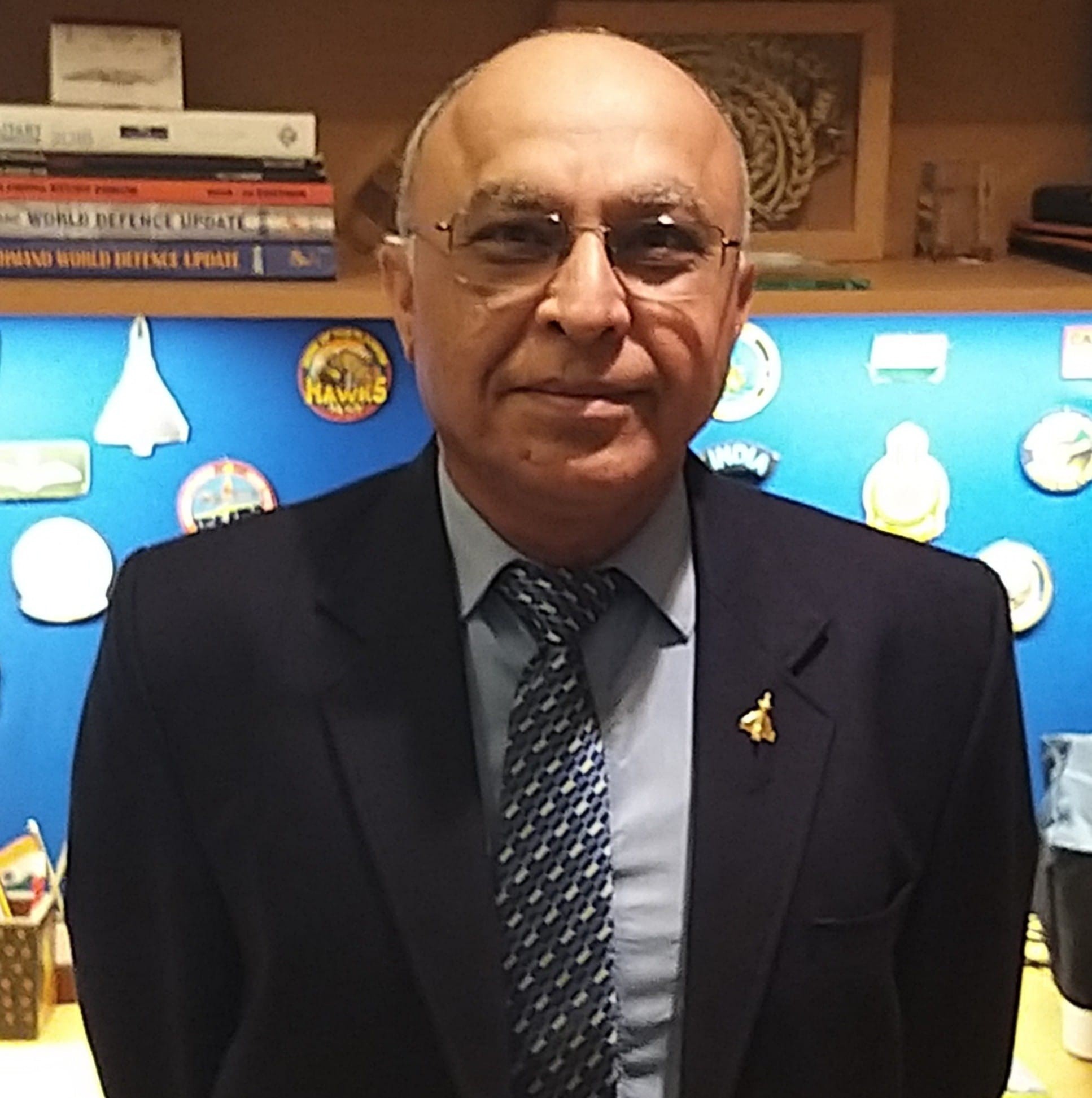



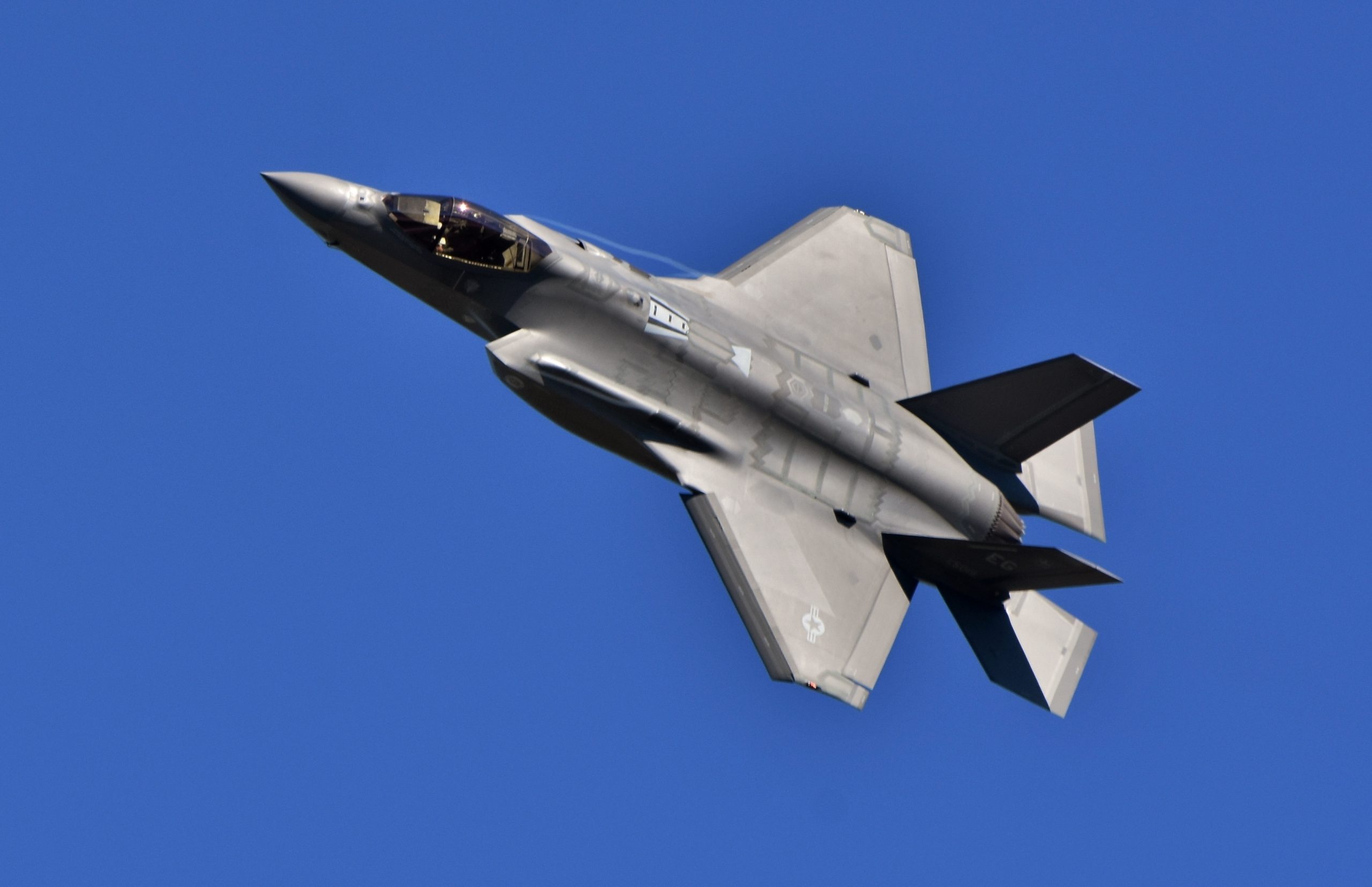

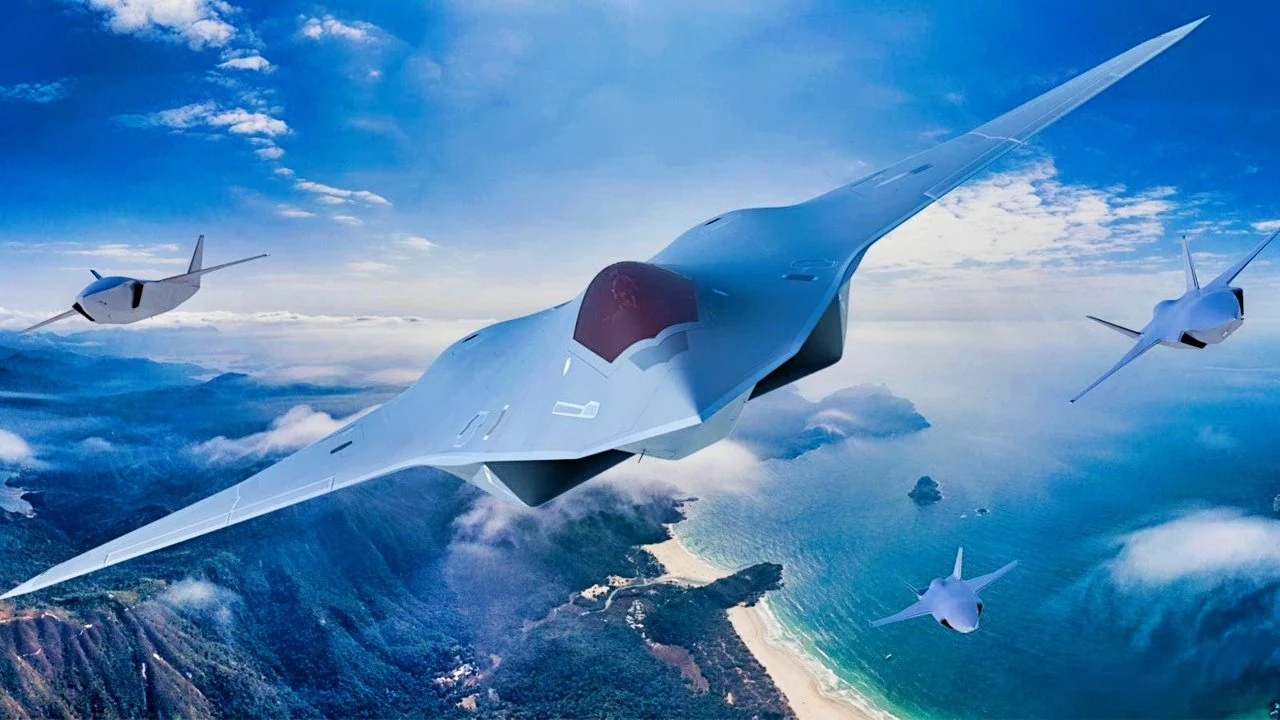
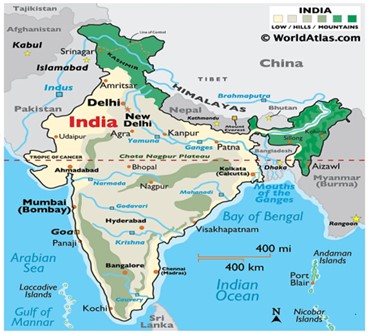

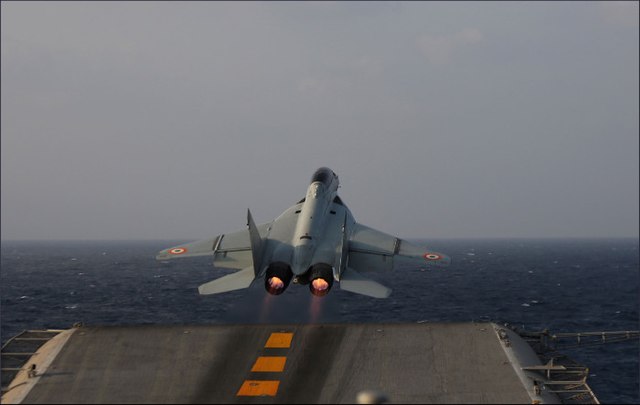








POST COMMENTS (0)